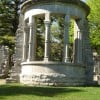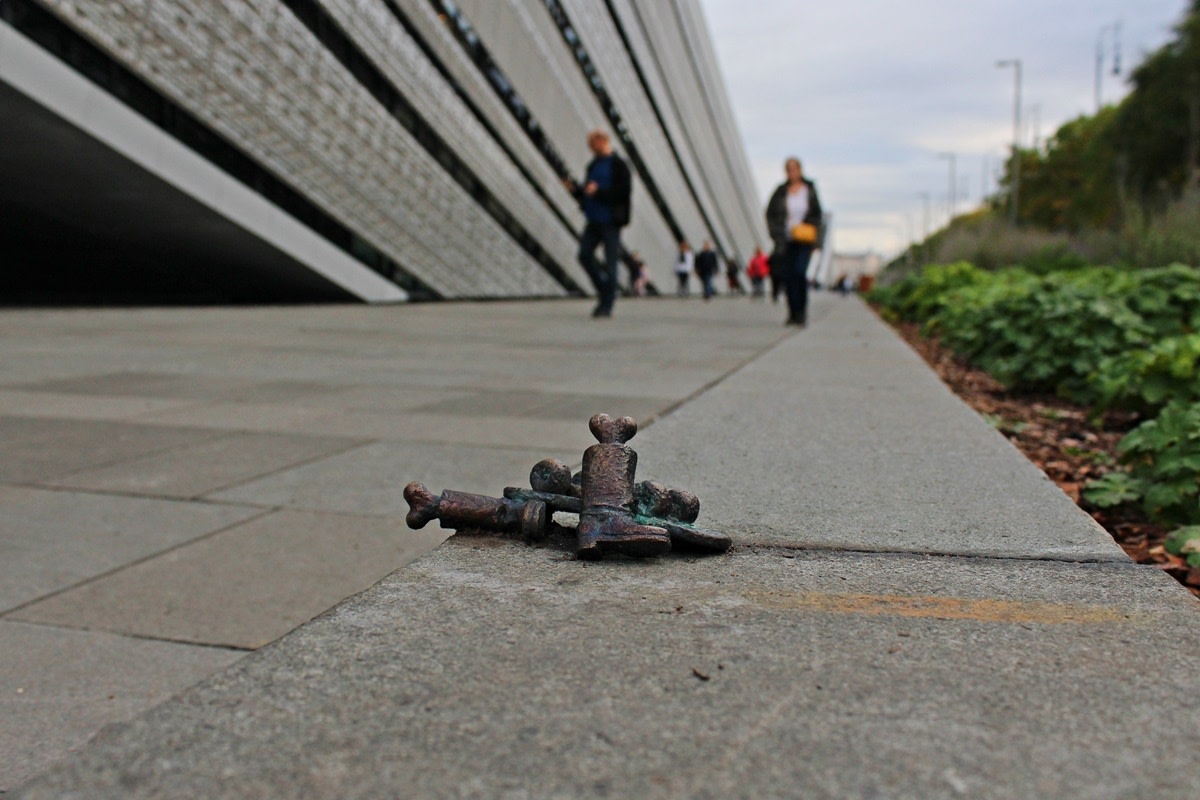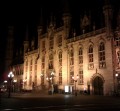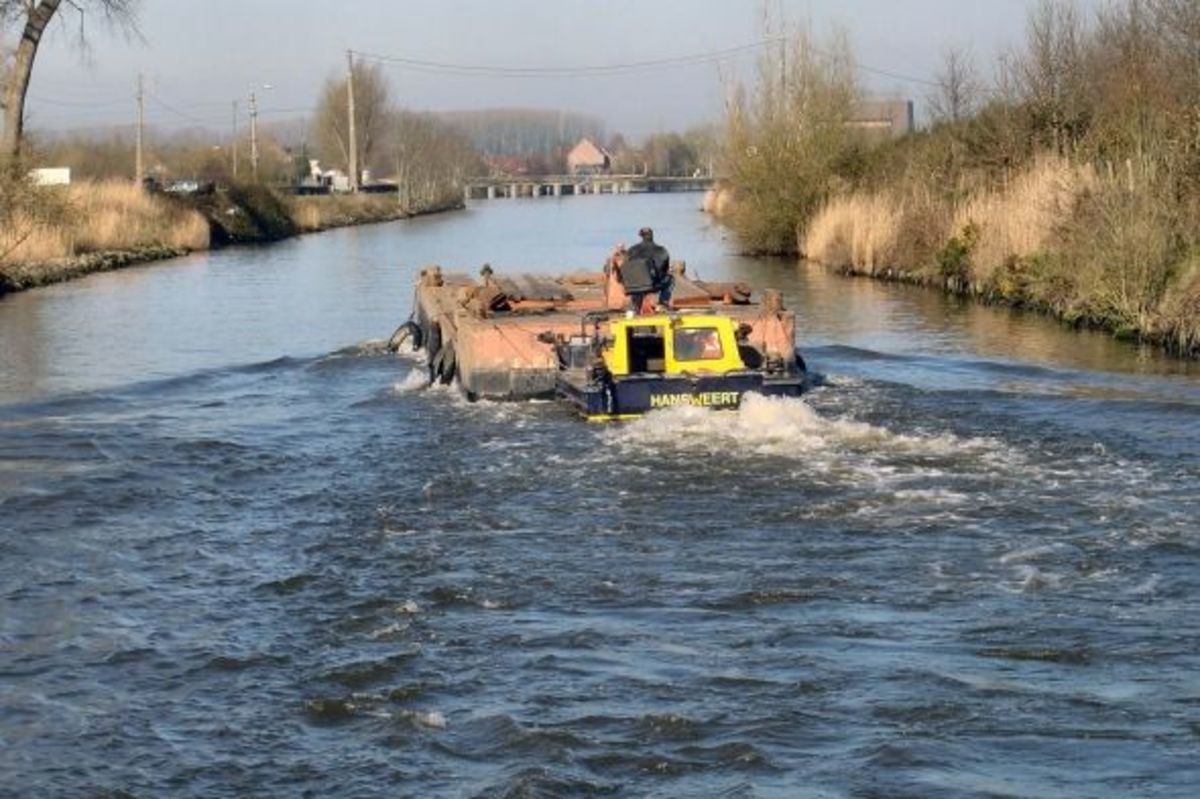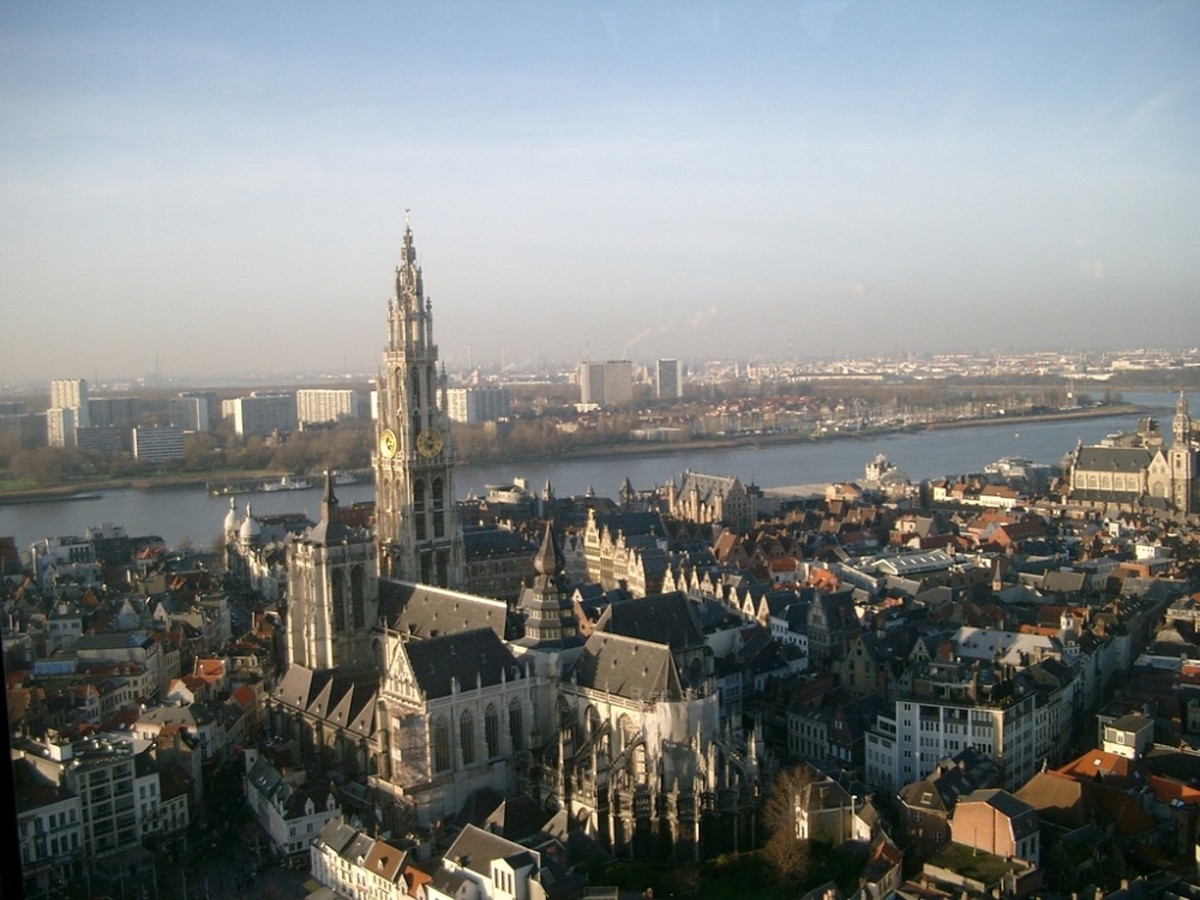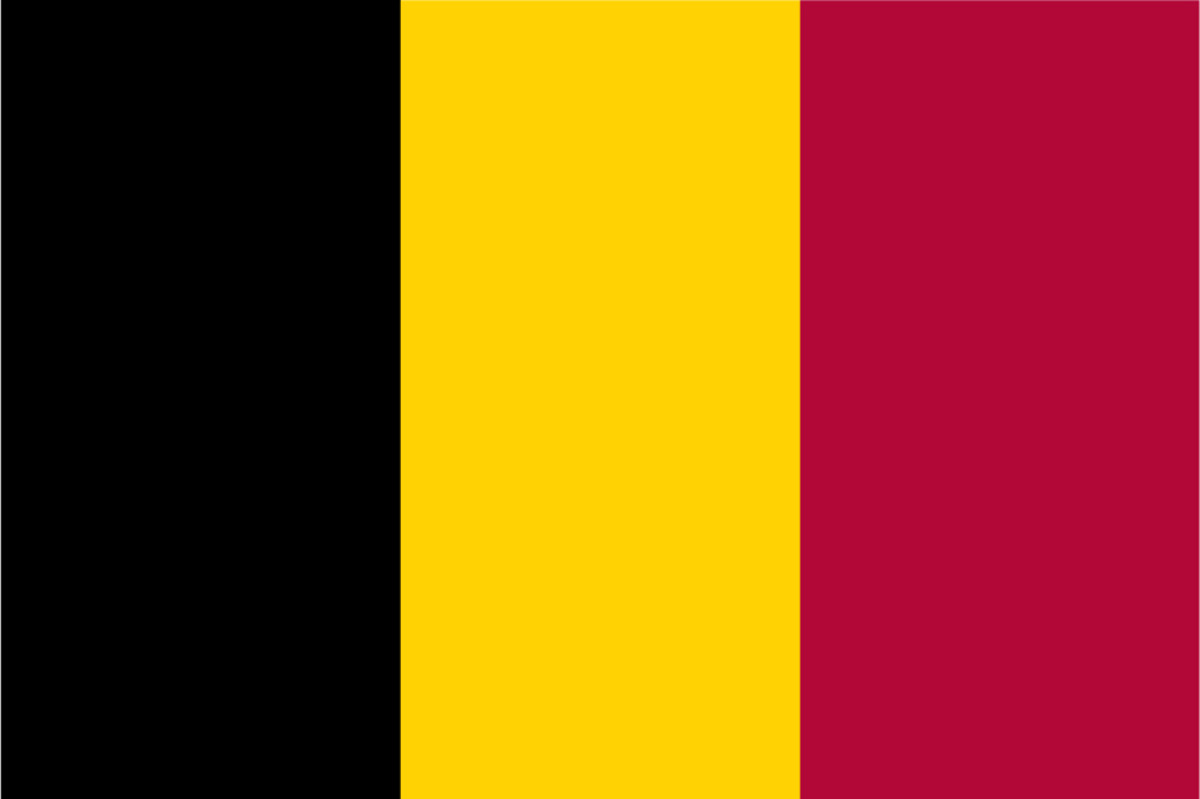Visiting the Fragnée Bridge, Liège, Belgium: a structure with problematic, undesignated angels?
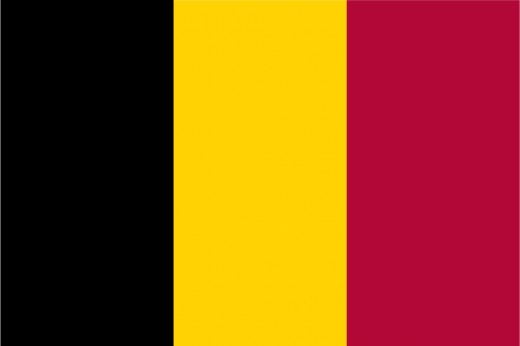
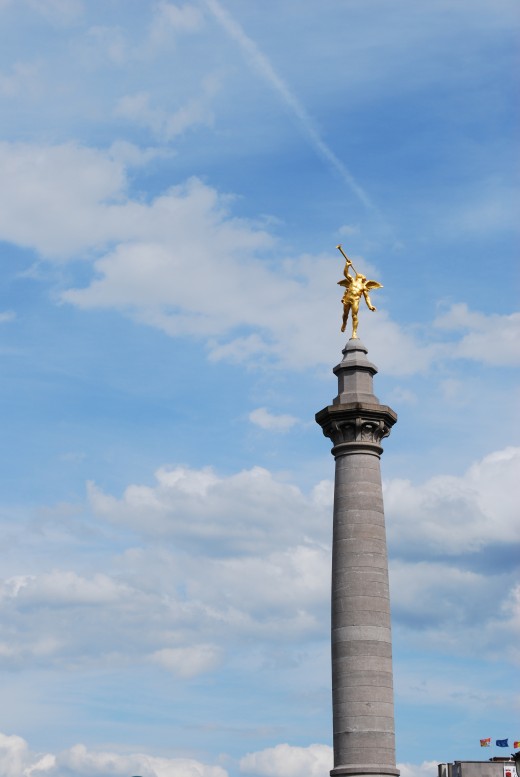
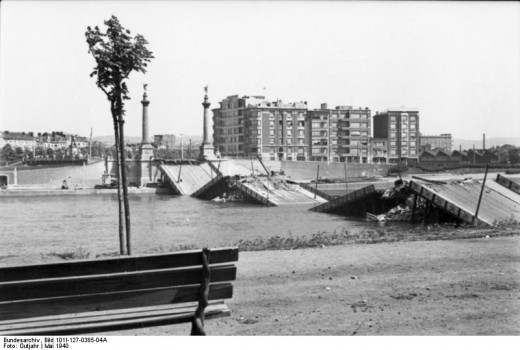
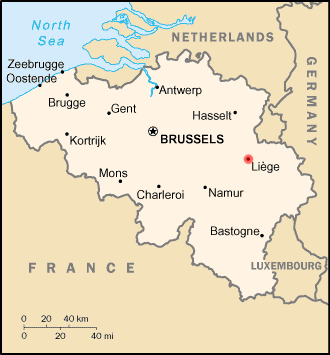
Explosions, and hiding and (re-)naming angels
The Fragnée Bridge (French: Pont de Fragnée ) is one of the significant landmarks of the city of Liège, in Belgium's Walloon region (French: Région wallonne ).
Some history and features
This fine, arched bridge, competed in 1904, is made all the more conspicuous by the presence of statues of what arguably look like four angels, each on top of a large, granite pillar, two of which are located at each end of the structure which crosses the Meuse River.
The occasion of the coming into existence of the Bridge was the Universal Exhibition of 1905 (French: Exposition Universelle de 1905), held at Liège, and sponsored as an international showcase for industrial and artistic products. The Alexander III Bridge (French: Pont Alexandre-III), Paris, is said to have been a model for the Fragnée Bridge.
36 years after the Bridge's completion, the Belgian government blew it up.
Both the reasons for the Bridge's construction and for its (temporary — rebuilt in 1946-1948) demise are more or less apparent. More or less, I say, because Nazi German forces invaded in 1940, and the blowing of the Bridge was an attempt to slow the enemy advance, yet Imperial German forces also invaded Belgium in 1914. But in 1914, the Belgian government either didn't see the need to blow up the Bridge then, or it didn't yet have the heart to do so, or it didn't get around to doing it. (I am unsure of the official gloss on this.)
Interestingly, during World War Two, the famous statues resembling angels were hidden from the Nazi German invaders, for fear that these works of art might suffer the consequences applied to many other treasures by the ruthless occupiers of much of the European continent. These were finally returned to their pillars in 1959. Thus, for more than 50 years, these statues have again stood on their columns, as seeming sentinels over the historic Meuse River.
Now it gets even more interesting. In Liège, where the writer used to live, the Bridge was sometimes referred to as the Pont des Anges (Angel Bridge). This was strictly a popular — as opposed to official — designation. The fact is that the four statues of angelic appearance were never officially declared to be angels. Even though people thought they were, and even though this assumption gave rise to the Bridge's popular name.
Today, in decentralized Belgium, the Walloon region is principally responsible for issues of heritage in Liège. Thus, the Fragnée Bridge has been declared to be a heritage structure of Walloon significance. But be careful to refer to the statues atop the pillars in the Walloon region's proper terminology! To the possible surprise of numerous Liège residents, these seeming angel statues are officially declared to be classical symbols of fame (French: renommées ). Whether this would be because of the zeal of linguistic purists among the Walloon heritage management, or whether this is in case someone were to doubt the secularist vocation of Walloon regional politicians, I am not qualified to say.
The Bridge's architect was Paul Demany (1859-1912), who executed the work in steel and stone. Allegorical working in bronze was the responsibility of sculptor Victor Rousseau (1865-1954). In recent years, the Bridge has been renovated, and the allegorical heralds, on the granite columns, and other bronze working, have been given gold plating. Thus, today, the Fragnée Bridge probably looks as impressive as it ever has in the more than a century of its existence.
The Bridge is situated close to the quai de Rome, Liège.
Also worth seeing
In Liège itself, the Zénobe Gramme monument is located close to the Fragnée Bridge. Other landmarks of the city include the Perron steps, the Prince Bishops' Place and some distinguished ecclesiastical architecture, and the Bueren Mountain.
Eupen (distance: 39 kilometres) has some distinguished civic and ecclesiastical architecture and is the capital of Belgium's German-speaking Community.
...
How to get there: Brussels Airlines flies from New York (JFK) to Brussels Airport, where car hire is available (distance from Brussels Airport to Liège : 94 kilometres). The Belgian railroad company SNCB maintains a service from Brussels to Liège . Some facilities may be withdrawn, without notice. Please check with the airline or your travel agent for up to date information. Please refer to appropriate consular sources for any special border crossing arrangements which may apply to citizens of certain nationalities.
MJFenn is an independent travel writer based in Ontario, Canada.
Other of my hubpages may also be of interest
- Visiting Waterloo, Belgium: its Lion monument is nearly 2 centuries old
- Visiting Verviers, Belgium and its monumental central railroad station: where the means is the artis
- Visiting Dinant, Belgium: amazing, ecclesiastical architecture on the Meuse River
- Visiting the Congress Column, Brussels, Belgium: remembering King Leopold I and the Belgian constitu
- Visiting Lieler: multiple identities in a village of the Grand Duchy of Luxembourg, where three coun
